- Home
- slideshows
- miscellaneous
- We compared 3 of the most popular note taking apps for iPhone - but the winner depends on what you want to do
We compared 3 of the most popular note taking apps for iPhone - but the winner depends on what you want to do
COST: Luckily, all three of these apps have a free version for iPhone.

Google Keep can be downloaded from the app store for free on iOS mobile devices, and a desktop version can be installed as an extension of Google Chrome, also for free.
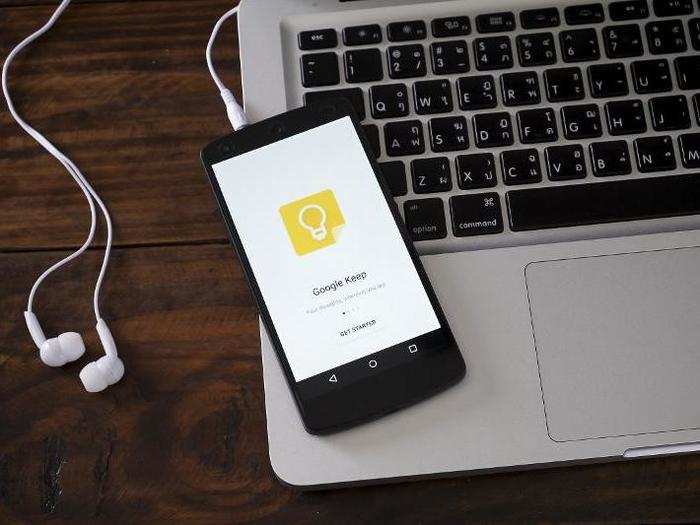
Evernote has a free mobile and desktop version for Apple devices, but reserves several features and extras for premium (paid tier) customers.
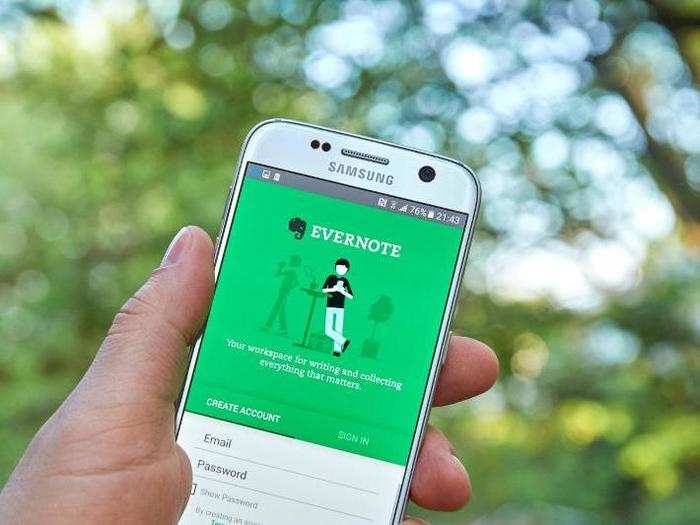
For $7.99 a month (or $69.99 a year) premium users unlock the ability to access their notes offline, store emails inside the app, use keyword search on uploaded documents and attachments, annotate PDFs, and scan business cards.
EASE OF USE
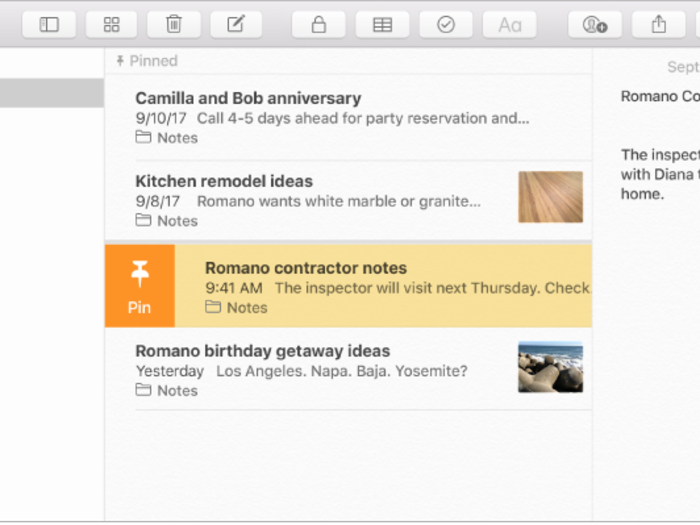
Apple's Notes app essentially acts and looks like a very minimal word processor which anyone can use with little to no instruction, although some of the most powerful features are a bit harder to get to for a first-time user.
The app allows mobile users to format their text (with bold text, italics, headings, etc) very quickly and easily on mobile, but doesn't offer any instructions or labeling for many of the buttons, making many of the features (like check lists, photo embeds, and sketching) harder to identify.
Notes can be placed into different folders, so you won't mix up your work notes with your screenplay ideas, and can be sorted based on the device on which you wrote them.
Google Keep offers a sleek and straightforward take on note-taking, which heavily focuses on images, lists and color-coding.

Rather than organizing your notes in a bare bones list format, Google's Keep works a lot like cork board covered in post-it notes.
Images, check lists, maps, sketches, and regular ol' text entries are kept on the static front page, rather than tucked away into folders, so you don't have to go digging for that entry you made last week. Just scroll down until you see the big headline on the appropriately color-coded tile.
While Keep doesn't offer the same formatting options for text, it does make the other features more prominent and easier to get to, so I'm more likely to open up Keep when I need to make a quick shopping list or want to draw a picture.
This view can be much more appealing on the eyes, but is clearly not ideal for long-winded musings or journal entries.
I suspect that fans of Pinterest will prefer this approach to notes, while Facebook fans might not.
Meanwhile, Evernote is ideal for long, organized notes that you can keep coming back to, rather than jotting down quick entries or to-do lists.
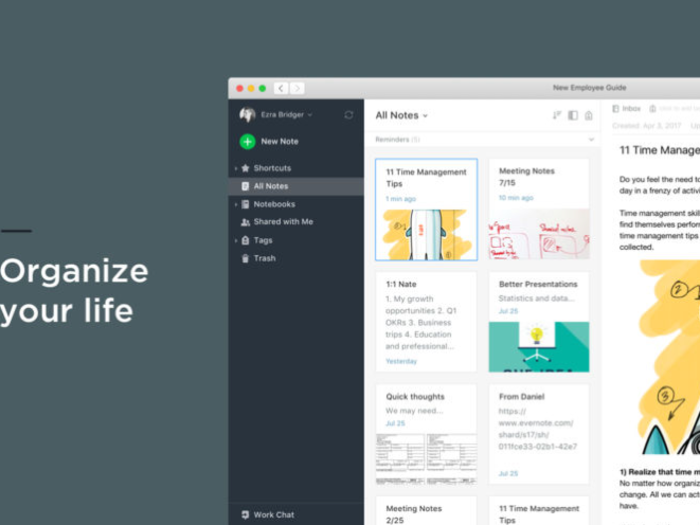
Evernote is easily the most fleshed-out between the three, and offers the most extensive service. Although, with more features comes added complication, and the app definitely takes some getting used to for new users.
If Notes feels like a lightweight word processor, then Evernote's powerful formatting capabilities are giving Microsoft Word a run for its money.
To put it simply, the makers of Evernote have thought of everything. The app can easily replace every need for a paper notebook or filing system, by allowing the user to store documents, capture audio, organize and tag their own notes, and even chat with collaborators right there inside the app.
Now, let's compare a few of the key features that each note-taking app should have. First: ORGANIZATION
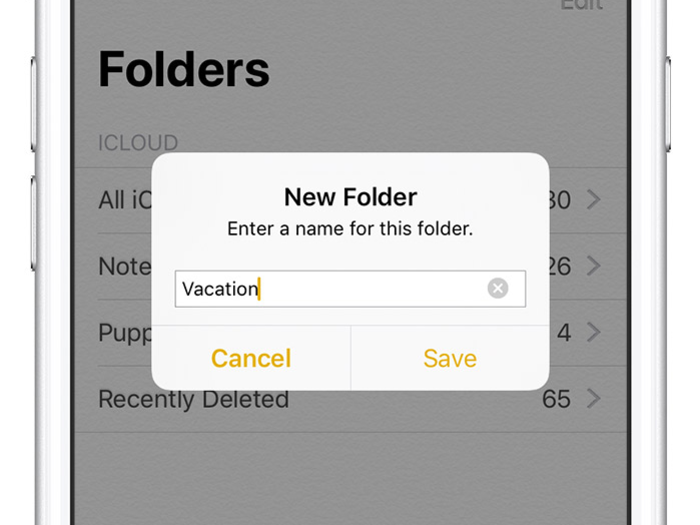
Apple's Notes app lets users sort their entries into folders, so you can easily keep your work notes separate from your to-do lists or quickly-scribbled thoughts. They also allow you to "Pin" individual notes to the top of the app with a swipe.
Google Keep allows you to "label" all your notes, for ease of sorting and finding them again, as well as archive old ones that you might not need anymore.
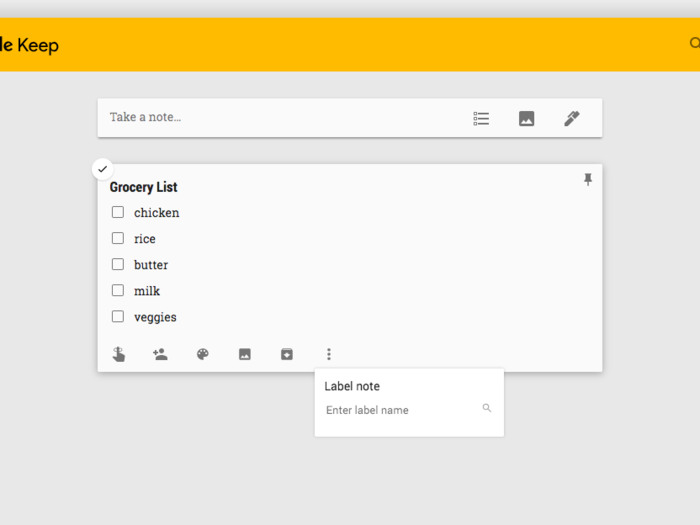
Because the app's home page displays each entry as a tile (either part of a mosaic or in a single-file, chronological line) you can also color code the background of each note.
Evernote smartly uses a "notebooks" system, which allows users to sort their notes by topic, and share entire collections of entries with their collaborators.
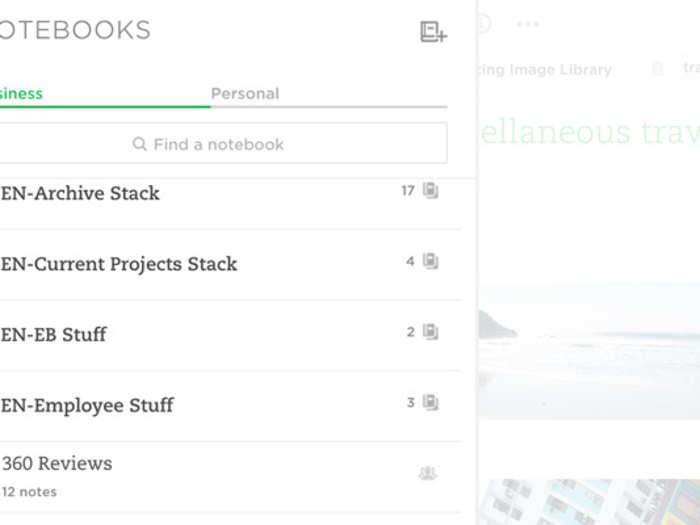
In addition to Notebooks, Evernote also includes the ability to tag individual posts and create shortcuts to your most frequently-visited entries.
SEARCH FUNCTIONS
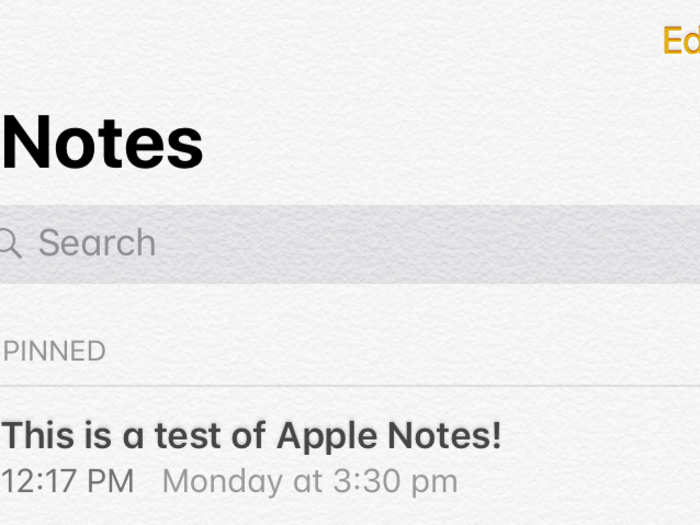
Notes allows the user to search for keywords through their text and attachments, but that's about as far as this feature goes for the built-in service. I've had multiple frustrating experiences trying to unearth very old writings that I remembered taking down, but couldn't remember any of the words in the actual text.
Google Keep lets users narrow their search by filtering the type of note (text, check lists, those containing images, etc), as well as searching by label, in the event that you can't remember any of the right keywords.

Evernote has easily got the other two apps beat in this category, by offering a whole array of search options, including by tag, notebook and source, as well as the time the note was created or last modified, to name a few.

The app can even search for keywords among notes hand-written with a stylus or scanned in through the camera.
This is usually the section of the slideshow where I would decide which app is superior to the others.
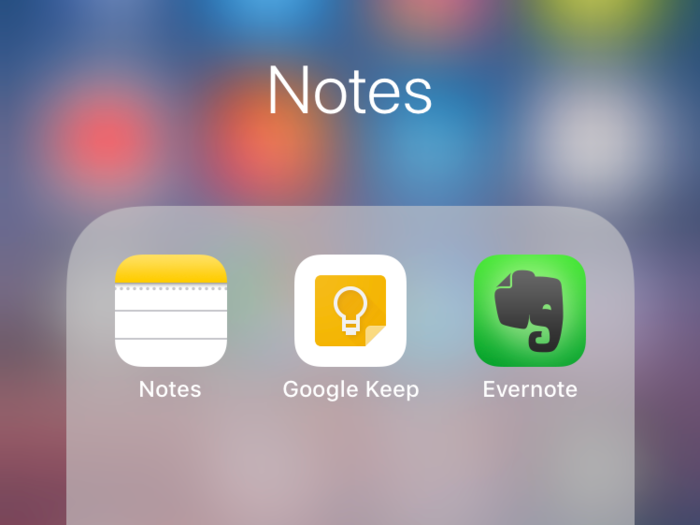
However, these three apps each have invaluable qualities that I believe are unique for the function that they do best. For that reason, I think they are each superior when it comes to specific tasks.
BEST FOR LISTS: Google Keep
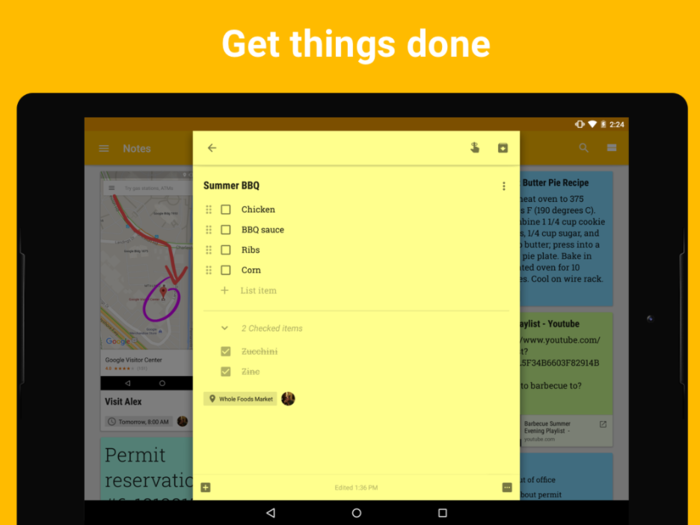
Out of the apps in this list, I probably interact with Google Keep the least.
However, I always reach for this app first when I need to make a grocery or to-do list quickly -- which is saying a lot, because I'm a very scatter-brained person, who requires a lot of lists to function in everyday life.
Even if I only use Google Keep for checklists, it is 100 percent worth keeping on my phone, because without fail, every other method I've used for checklists (including paper and pen) will inevitably slow me down and result in me forgetting half of the line items I was going to write down.
I highly recommend Google Keep to list-minded people like me, as well as highly visual people who like to color-code and decorate cork boards.
BEST FOR JOTTING DOWN THOUGHTS ON THE GO: Apple Notes
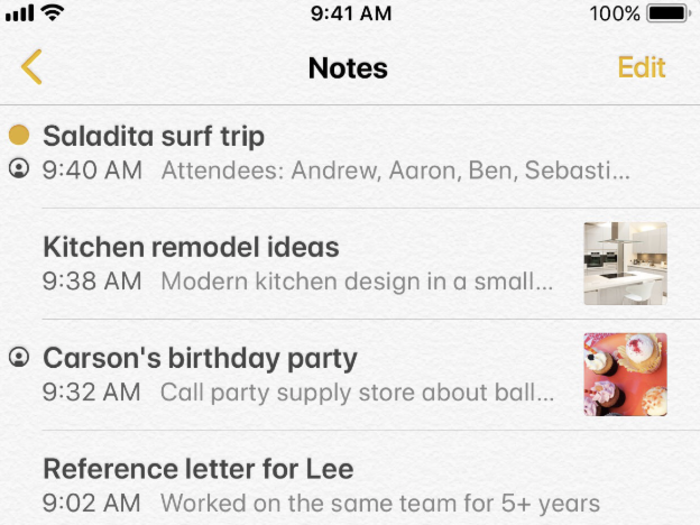
I turn immediately to Notes when I am struck by inspiration and need to type out a thought or idea that I wouldn't want to forget, but don't have time to get to my computer.
Notes is perhaps the most convenient of the selection, because it takes only a single button to start a new note, which is ideal for quickly scrawling down an address or other important piece of info that you need to remember but wouldn't reach for a more specific app, like your calendar or contacts list.
Personally, I use my Notes app a lot like a journal, starting most entries with the date, and then filling them with a stream-of-consciousness writing that might lead to a story or a conversation I'm planning to have later.
FOR TAKING NOTES AT WORK OR SCHOOL: Evernote
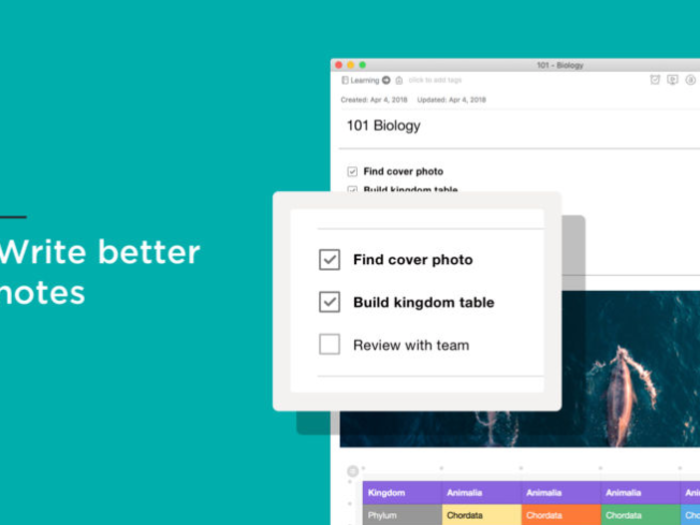
Evernote is commonly used by students looking to digitize their note-taking in lectures, and this — in my opinion — is the best use case the app.
The powerful formatting and organization features, in combination with the ability to incorporate outside PDFs and other attachments within your own notes is invaluable for a student or who wants to keep all their classwork and materials in a single, searchable place.
Of course, the same could be true for a person who takes detailed or extensive notes at work.
Evernote's extensive searchability and shareability puts my stacks and stacks of paper notebooks to shame.
Popular Right Now
Popular Keywords
Advertisement